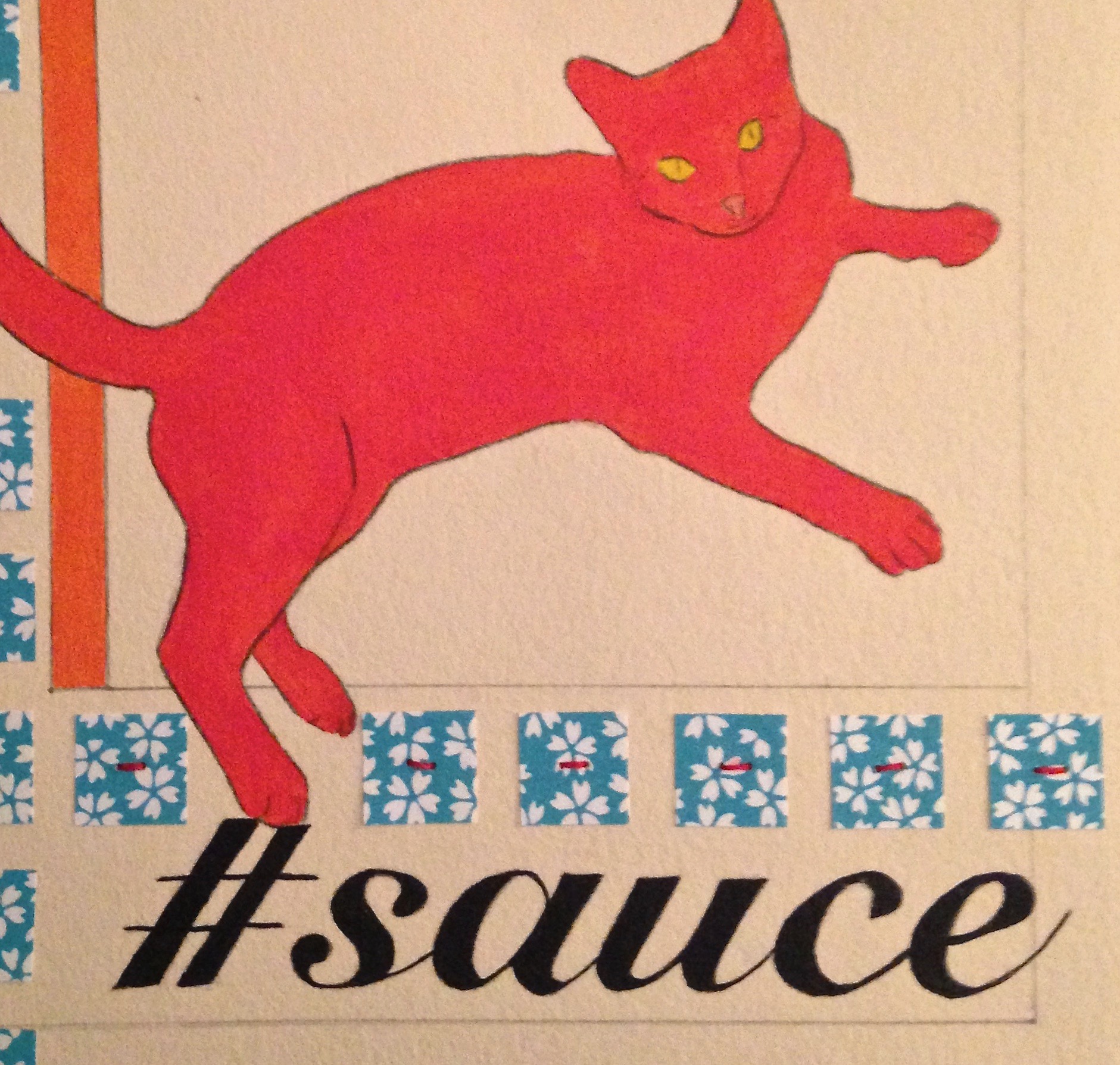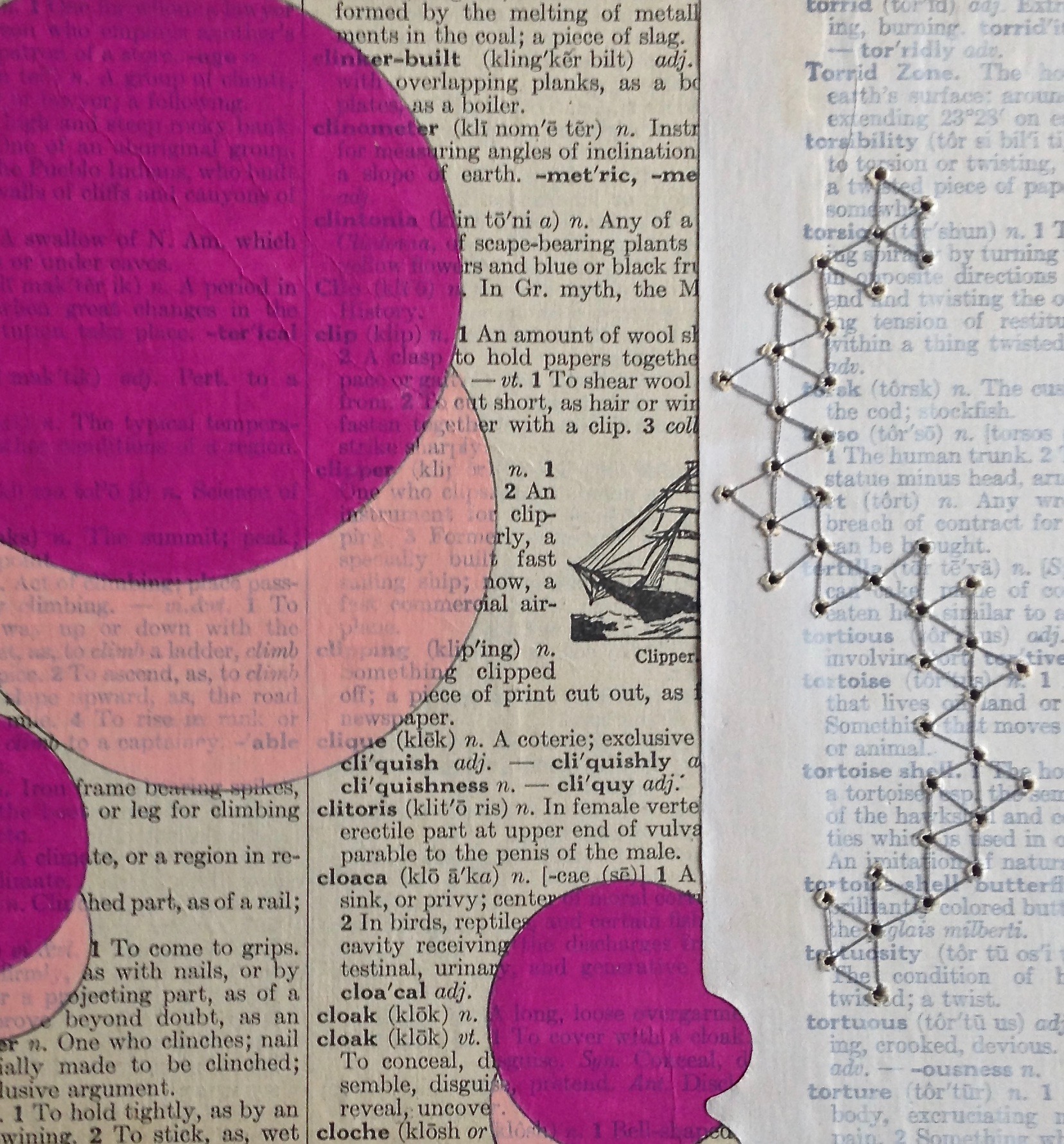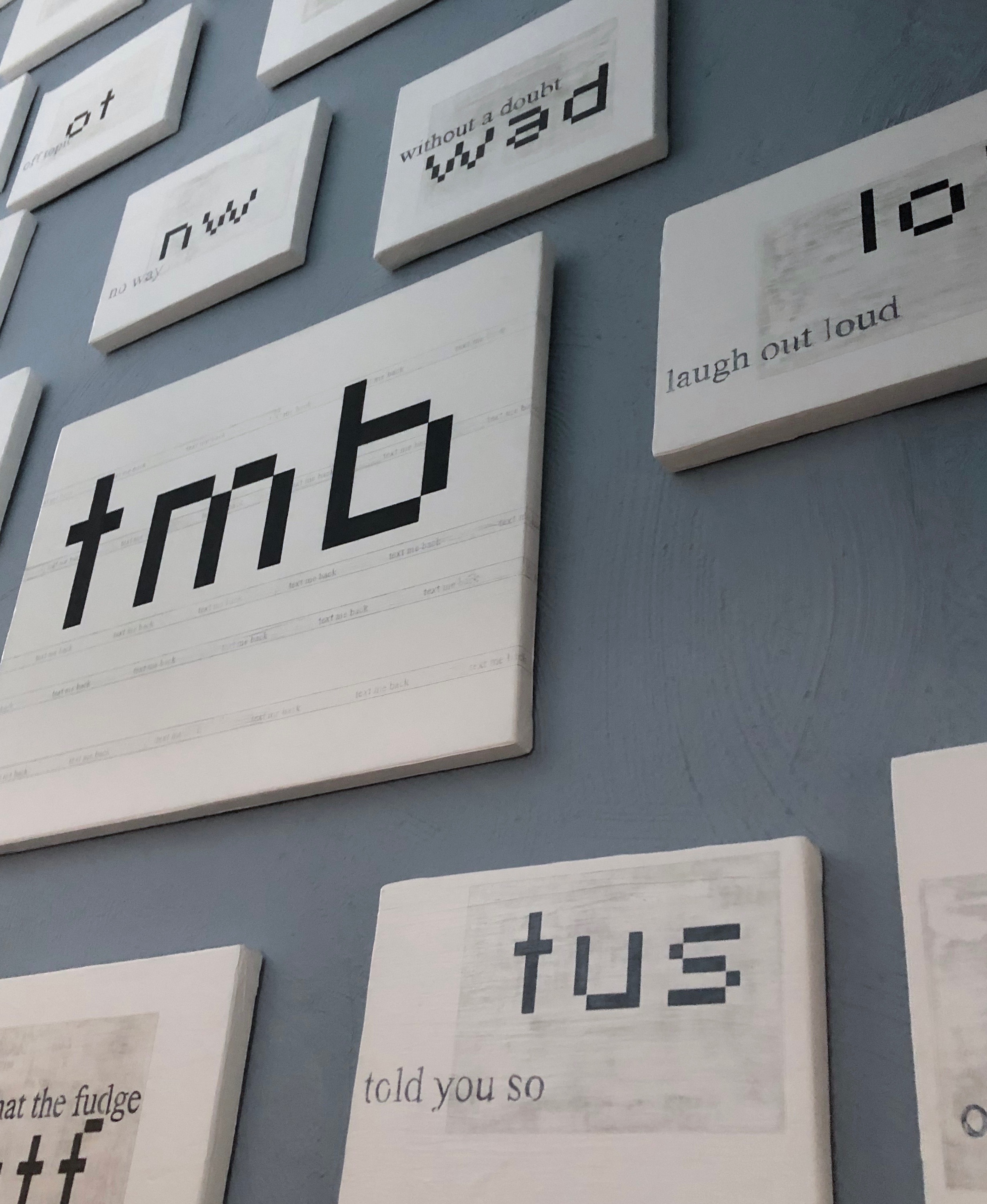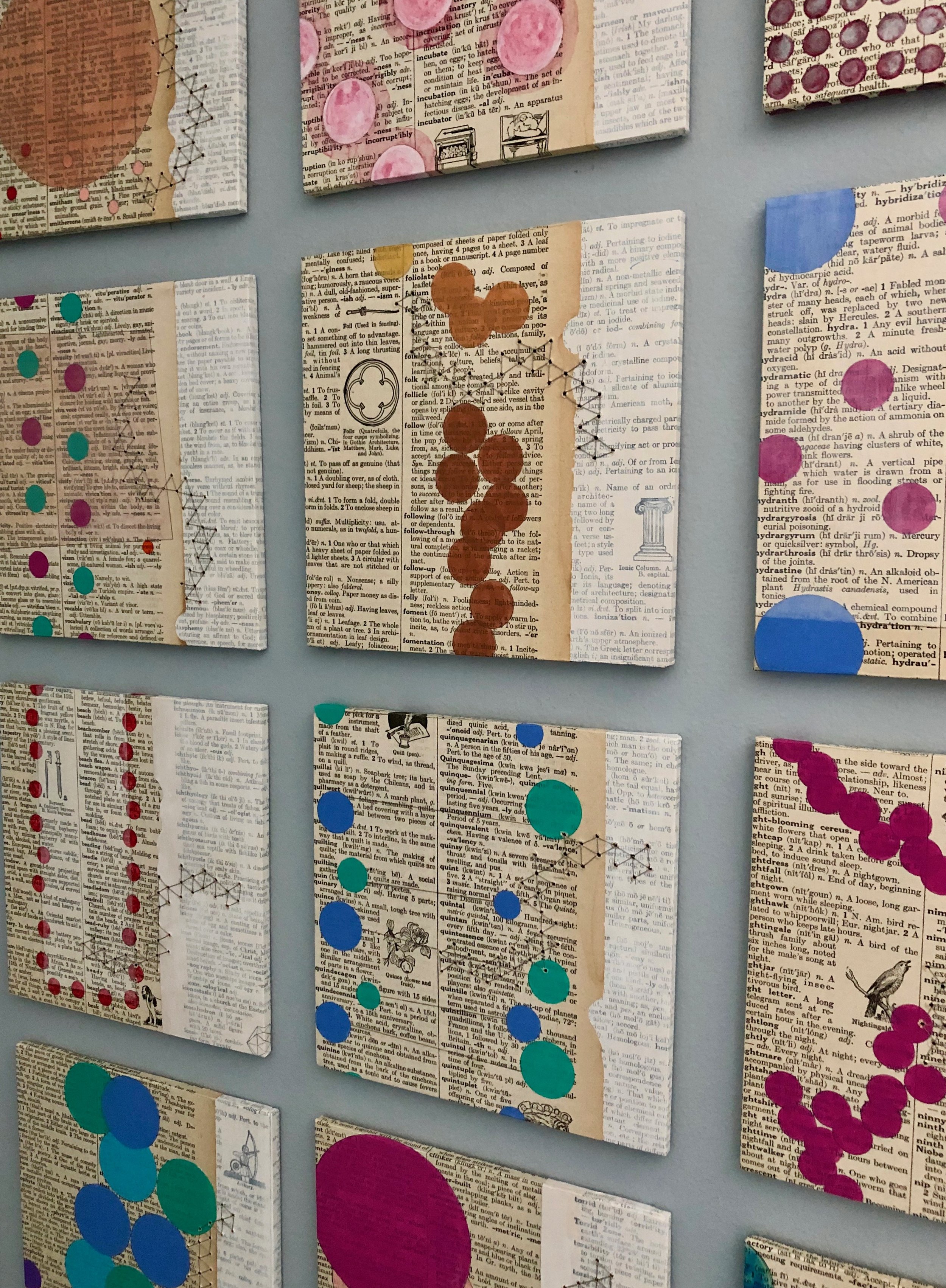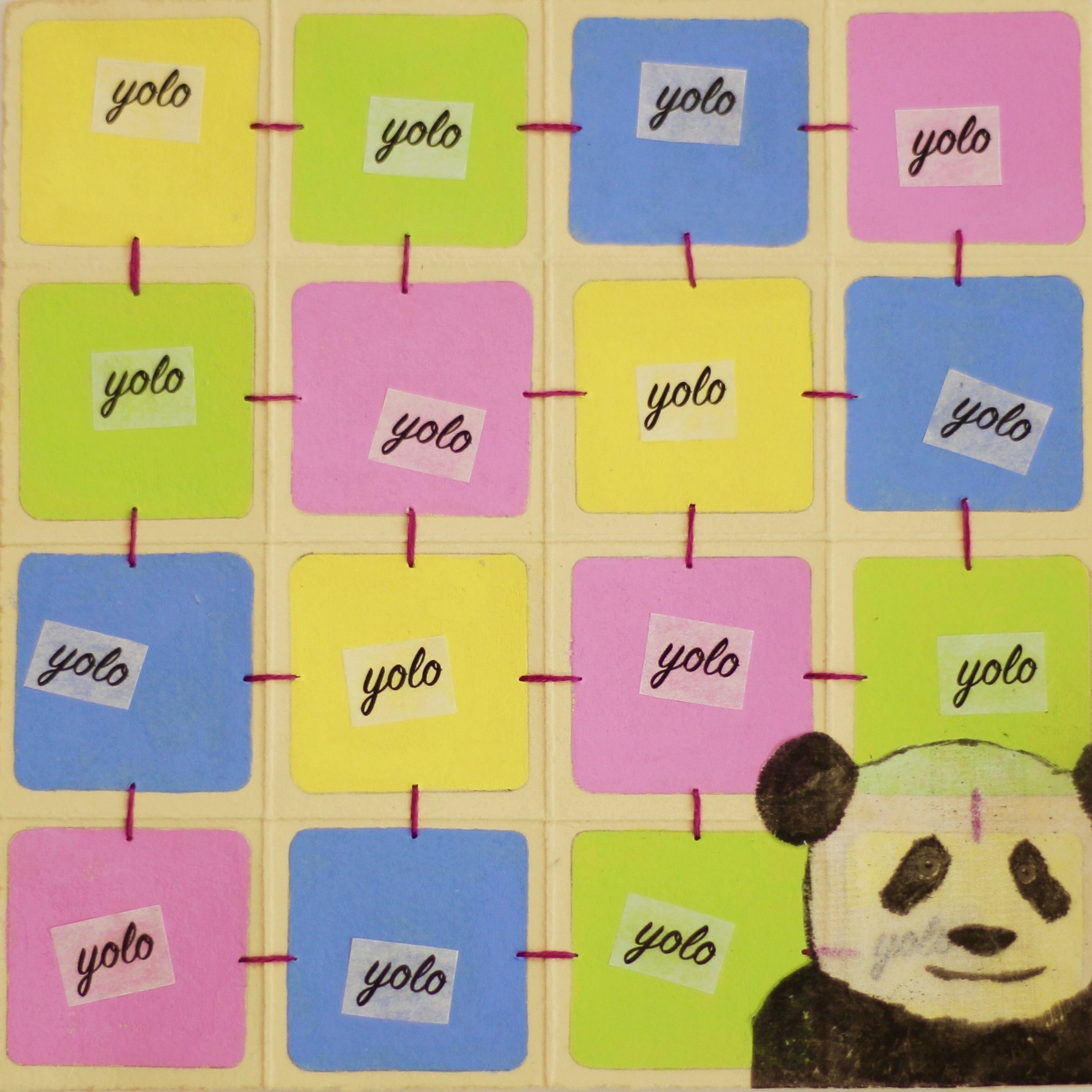Alicia Herbst - Area 10
Alicia Herbst has a B.A. in Literary Studies from the University of Texas at Dallas. She also has both a B.F.A. in Sculpture and an M.F.A. in Sculpture from the University of North Texas. She spent two years at the School of the Museum of Fine Arts in Boston, too. Alicia has been a Visiting Lecturer of Art at SUNY Corning Community College since 2002.
Artist Statement
Much of my current work centers around four basic concepts; concentration on small detail, a focus on series of images, rather than individual works, the use of recycled or pre-used materials, and the integration of text. Most of these works have a more two-dimensional format, although three-dimensional materials are included.
The small can often be overlooked; in the attempt to see the bigger picture—to compartmentalize or grasp the overriding concept—the small moments and details of experience can escape notice. I believe that by seeing the smaller aspects of an image, connections can be made that can bring a richness and fuller understanding of a work. The same is true in experience; the smallest glance or touch can convey significant and layered meaning.
Grouping the works extends and magnifies the use of small detail. Although each individual detail becomes part of a larger image, the repetition of these “moments” magnifies their significance. It also allows for repeated examination of a material or subject, which gives the opportunity for more than a single result.
The use of recycled materials, such as paper or packaging, ties into the concept of highlighting the unimportant, forgotten, or discarded. We live in a society where convenience and ease are desired, but the result of this objective often leaves us with many things we would like to abandon—packaging is just one example of this. My goal is to utilize remnants of discarded materials and elevate them into a “moment” of experience, and perhaps to slow the cycle of consumption.
The integration of text comes from love of reading the power of words. Text can provide layers of meaning, both visually and conceptually. It literally provides texture in an image. The structure of the piece can hang on the physical placement of text as well as the direct and discreet meaning of the words interspersed in an artwork. This union is a marriage of form and meaning.

